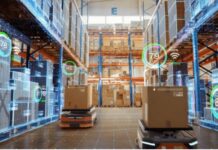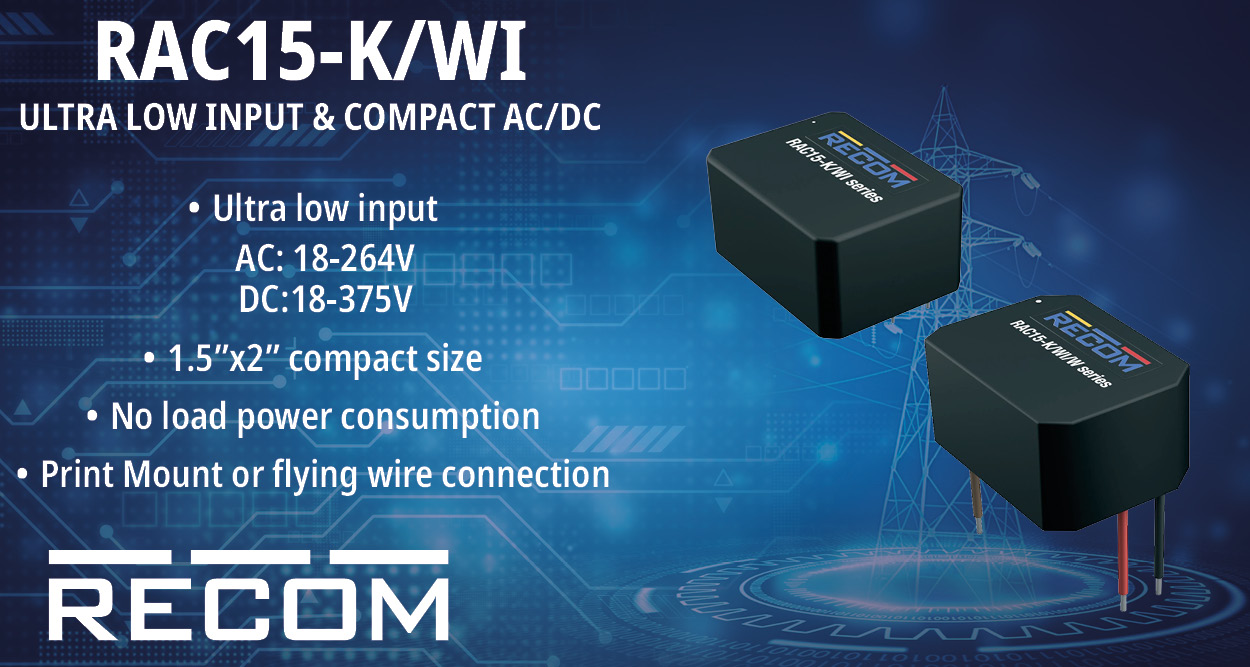India’s urban landscape is evolving at an extraordinary pace, which calls for quick, affordable, and sustainable infrastructural solutions. These are also needed to accommodate its rapidly growing population and economic aspirations. Leading this charge are Pre-Engineered Buildings (PEBs) which are basically steel-based structures renowned for their speed, cost-effectiveness and adaptability. They offer a pragmatic solution to the challenges of urbanization. PEBs have already revolutionized construction by slashing project timelines by up to 50% as compared to traditional methods. However, a new wave of innovation is pushing these boundaries even further and that is – AI-driven predictive analytics. By leveraging artificial intelligence, the construction sector is not only optimizing designs and reducing delays but also reimagining how resources and time are managed. When viewed through a global lens, this innovation aligns with a broader trend, as the market for AI-powered construction solutions is projected to reach $5 billion by 2030, underscoring how technology is poised to redefine the future of building—not just in India, but worldwide.
The PEB Advantage: A Foundation for AI Integration
PEBs are pre-fabricated steel components that are assembled on-site. They have long been celebrated for their ability to accelerate construction. From warehouses and factories to metro stations and airports, these structures cater to a wide range of applications. Plus, they align perfectly with India’s rapid urbanization and initiatives like the Smart Cities Mission and Bharatmala Pariyojana. The inherent efficiency of PEBs rooted in structural steel’s strength, versatility and quick assembly provides a solid foundation for integrating advanced technologies like AI. However, as project complexity grows and timelines tighten, traditional planning and execution methods are being outpaced. This is where AI-driven predictive analytics steps in, transforming PEB construction into a data-driven powerhouse.
How AI Predictive Analytics Works in PEB Construction
At its core, predictive analytics uses historical data, real-time inputs and machine learning algorithms to forecast outcomes and identify potential risks. In the context of PEB construction, AI analyzes vast datasets ranging from material performance and weather patterns to supply chain logistics and workforce productivity. This helps in optimizing every phase of a project. By predicting challenges before they arise and offering actionable insights, AI empowers engineers, architects and project managers to make informed decisions that keep timelines on track.
For instance, during the design phase, AI can simulate how steel components will perform under various conditions, such as seismic activity or high winds. These are crucial considerations in India’s diverse geography. This predictive modeling ensures that designs are not only safe and compliant but also optimized for material efficiency. On the construction site AI monitors progress in real time. It flags potential delays caused by equipment failures or labor shortages and suggests adjustments to keep the project moving forward.
Slashing Timelines with AI-Powered Precision
AI-driven predictive analytics transforms construction timelines by tackling delays and boosting efficiency. In PEB projects, AI minimizes setbacks from supply chain issues or site conditions by forecasting supplier delivery schedules and weather impacts—think monsoon adjustments in India’s coastal regions—ensuring steel components arrive on time and tasks are prioritized smartly. For example, in India’s metro expansions, AI optimizes steel framework assembly and labor coordination, cutting weeks off deadlines while enhancing safety.
Beyond logistics, AI streamlines PEB design by generating cost-effective, structurally sound options fast. It recommends precise steel beam specs or support placements, eliminating trial-and-error. In India’s high-rise boom, AI ensures towers meet safety standards and rise quickly, matching the nation’s growth pace. The result: faster, smarter, safer builds.
AI & PEB Construction: Speed, Sustainability and India’s Future
AI-driven predictive analytics delivers more than just accelerated timelines for PEB construction. It infuses the process with sustainability and strategic foresight. By fine-tuning material usage through precise calculations AI minimizes waste from structural steel. This cuts energy use and the overall carbon footprint. This eco-friendly edge aligns with India’s ambition to build climate-resilient cities, where efficiency and environmental stewardship are actual priorities. For instance, predicting the most effective construction sequences ensures resources are used judiciously, enhancing both speed and sustainability.
As India hurtles toward its 2030 urbanization target the pressure for fast, dependable construction will skyrocket. AI-powered PEBs rise to this challenge, offering a practical and strategic solution. They enable rapid delivery of critical infrastructure like logistics hubs, bridges and transit systems – keeping pace with national goals for manufacturing growth and enhanced connectivity. Yet, realizing AI’s full potential demands proactive steps – industry leaders must invest in workforce training, robust data systems, and collaborations with tech innovators to weave predictive analytics into PEB workflows. With its thriving tech ecosystem and deep-rooted steel construction expertise, India stands uniquely poised to pioneer this fusion, setting a global benchmark for smart, sustainable building.

By Navaz Cheriya Malikakkal, COO, Interarch Building Solutions Limited

















